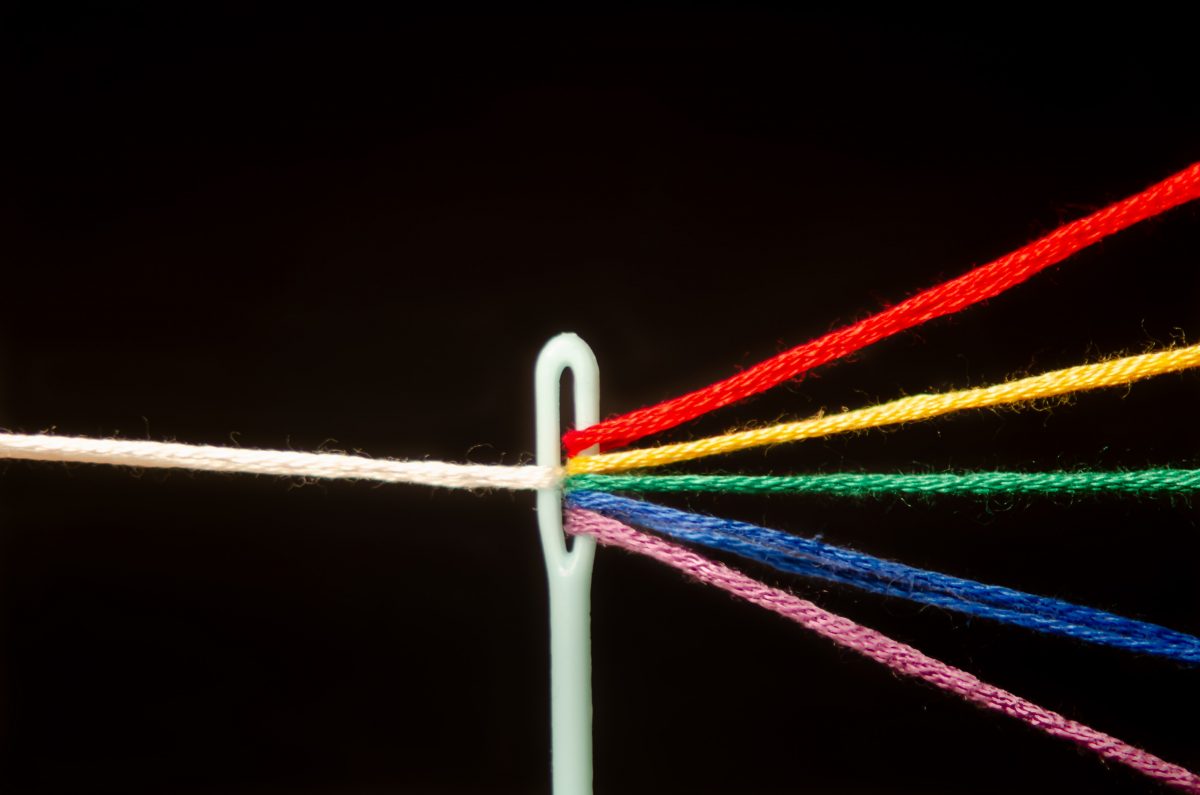The average human eye can register 300 different color shades, and can distinguish up to about a million. Colors are a big part of our lives. Because of this, most of us find it difficult even imagining a life without it. Colors hold so much importance and meaning to us that it can spur emotions. They can even shift circumstances and change action.
Color and Health
Emotions and colors are intimately related to each other. Every hue may produce another atmosphere or feeling. Warm hues such as red, yellow and orange are associated with positive and exciting emotions. This includes love, passion, happiness and rage. On the other end, cold hues, such as blue, green and violet, are more frequently connected with tranquility, peace, calmness and similar emotions or moods.
In many instances, research has shown that color impact to emotions only have temporary effects. Greater knowledge of the feeling you are attempting to elicit with the color and more frequent exposure to the color may reduce its efficiency.
Color and Sustainability
Room interior colors can help reduce the cost of electricity. This means that the brighter the hue, the greater the reflection. Dark walls therefore require more light, because they absorb more light and reflect less. This also applies to ceiling colors and furnishings which might make the space darker.
For the exterior, the absorption potential of a dark hue may absorb approximately 70% of the radiant solar power. Heat retention of dark-colored structures is really great because of this absorption capacity. The heat builds up in the building and increases indoor temperatures. It takes longer to remove heat from the house even when the sun sets. Vice versa, a considerably lighter exterior is recommended for individuals in hot regions.
Color and Culture
In the attempt to cross cultural boundaries, we need to overcome language barriers. A design or image needs to be very intentional. The significance of one single hue might be different from country to country. Correct research on cultural context of colors can decrease misunderstandings.
One perfect example of this is with the initial design of Disneyland Paris. The palette of the materials and overall company colors were predominantly purple. The color means death and crucifixion in Catholic Europe. The visitors considered this to be morbid and it caused a controversy.
These are just some of the ways colors have integrated into our lives. Multiple colors, varied realities, but one shared experience.


